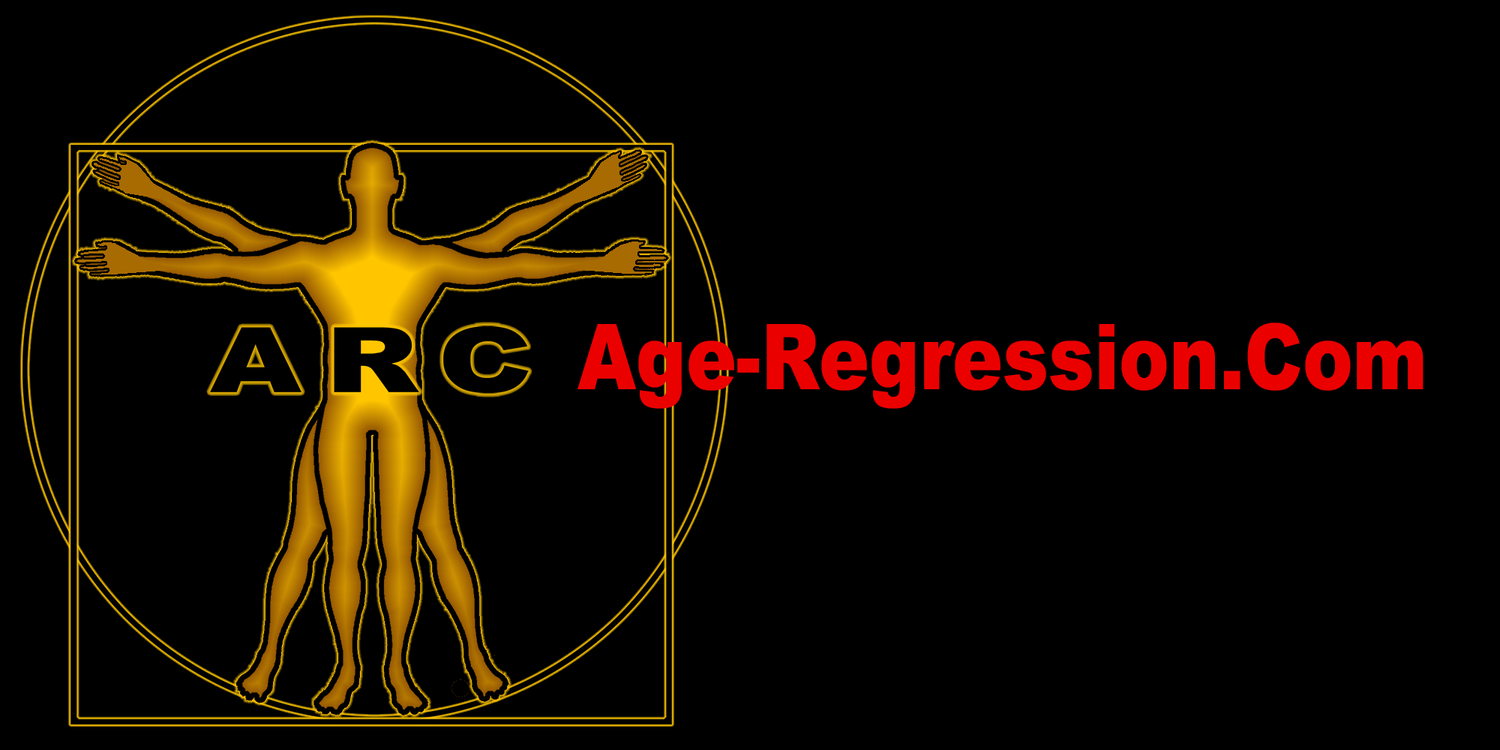
J147 CURCUMIN ANALOG

(J147 WikiLink) - (10/01/2022)

Beginning in 2008 derivatives of curcumin were identified as having potential benefits against Alzheimer’s Disease, at the The Salk Institute for Biological Studies, in the laboratory of David Schubert, a professor in the Cellular Neurobiology Laboratory. Alzheimer’s is the 6 leading cause of death for all age groups and the 5th leading cause of death for those over 65. From the original compound identified (CNB001) an analog (J147) with improved benefits was formulated in 2011. J147 is a also a derivative of curcumin, a nutritional supplement derived from turmeric. J147 is being developed by Abrext Pharmaceutical and has completed a phase one clinical trail in 2020. J147 reverses memory deficits, potentiates the production of new brain cells, and slows or reverses Alzheimer’s progression in mouse model of Alzheimers. In a paper published January 7, 2018, in the journal Aging Cell, the authors report that J147 binds to a protein (mitochondrial α-F1-ATP synthase (ATP5A)) found in mitochondria, the energy-generating powerhouse of cells. In turn, they showed, it makes aging cells, mice and flies appear more youthful. By targeting ATP synthase, J147 causes an increase in intracellular calcium leading to sustained calcium/calmodulin-dependent protein kinase kinase β (CAMKK2)-dependent activation of the AMPK/mTOR pathway, a canonical longevity mechanism.
Click [√] to Enlarge [2021] New Promising Therapeutic Avenues of Curcumin in Brain Diseases

[2011] A novel neurotrophic drug for cognitive enhancement and Alzheimer's disease
◉ J147 is Broadly Neuroprotective
◉ J147 Enhances Long-Term Potentiation and Memory
◉ J147 Prevents Memory Deficits in an Alzheimer's Disease Animal Model
◉ J147 Improves Learning and Short-Term Spatial Memory
◉ J147 Reduces Soluble Aβ Levels in the Hippocampus
◉ J147 Reduces Oxidative Stress and the Inflammatory Response
◉ J147 Reduces Heat-Shock Proteins and Increases Synaptic Protein Expression
◉ Brain Derived Neurotrophic Factor: (BDNF) is Up-Regulated by J147
[2013] The neurotrophic compound J147 reverses cognitive impairment in aged Alzheimer’s disease mice
Conclusion: J147 is an exciting new compound that is extremely potent, safe in animal studies and orally active. J147 is a potential AD therapeutic due to its ability to provide immediate cognition benefits, and it also has the potential to halt and perhaps reverse disease progression in symptomatic animals as demonstrated in these studies.
◉ J147 enhances memory in both AD mice and normal aged animal models
◉ J147 can improve Amyloid-Beta (Aβ) metabolism and reduce levels in the brain by reducing protein levels of βSecretase (BACE)
◉ Even in very old animal models, J147 can reverse severe cognitive deficits.
◉ J147 can also improve spatial memory and enhance Long-Term Potentiation (LTP).
◉ J147 can improve synaptic plasticity in the brain and induce its growth.
[2015] A comprehensive multiomics approach toward understanding the relationship between aging and dementia
◉ J147 reverses cognitive impairment in a mouse model of Alzheimer’s Disease (AD)
◉ J147 significantly increased the levels of DHA in the brain. DHA is the primary structural fatty acid in the human brain and has been linked to cognitive performance. While low plasma levels of DHA are associated with cognitive decline in elderly and AD patients, higher DHA intake and plasma levels inversely correlate with AD risk.
◉ In animal models of AD, J147 can protect BBB permeability homeostasis and improve vascular function in the brain.
[2017] ~ A novel curcumin derivative for the treatment of diabetic neuropathy
◉ The novel neuroprotective compound J147 is effective in a diabetic neuropathy model.
◉ J147 improved diabetes' induced motor nerve dysfunction and peripheral sensitivity.
◉ RNA and protein data suggest J147 is anti-inflammatory and acts through the AMPK pathway.
[2017] The mitochondrial ATP synthase is a shared drug target for aging and dementia
◉ Fruit flies that were given J147 had a longer lifespan (9.5-12.8%) due to the effects on mitochondria.
◉ Improves Memory
◉ It enhances memory in both AD mice, very old animals and normal aged animal models.
◉ J147 can reverse severe cognitive deficits.
◉ J147 can also improve spatial memory and enhance Long-Term Potentiation (LTP)
[2018] The mitochondrial ATP synthase is a shared drug target for aging and dementia
As age is the greatest risk factor for AD, interventions that slow aging or extend health span might serve as potential therapies that delay disease onset (Currais, 2015). Recent studies have highlighted a role for ATP synthase in the regulation of mTOR and lifespan extension in flies and worms (Chin et al. 2014: Sun et al.. 2014).
◉ J147 attenuates age-associated decline and extends lifespan
◉ ATP synthase inhibition protects from neurotoxic insults
◉ These results demonstrate that J147 binds to and partially inhibits the activity of the mitochondrial ATP synthase.
[2021] Activation of monoaminergic (MAO) system contributes to the antidepressant- and anxiolytic-like effects of J147
These findings suggest that the antidepressant- and anxiolyticlike effects of J147 might be related to the monoaminergic system by the evidence that high dose of J147 inhibits monoamine oxidase (MAO)-A activity and increases synaptic monoamines in the mouse brain.
◉ J147-induced significant inhibition of monoamine oxidase A activity.
◉ Inhabitation of MAO activity has been describe as a potent anti-aging and durgable pathway.
[2020] Chemical reprogramming ameliorates cellular hallmarks of aging and extends lifespan
Ocampo et al. has demonstrated that two reprogramming molecules (1 an inhibitor of TGFbeta-1, and 2) an inhibitor of MAO) sufficient to induce the amelioration of additional aging phenotypes including cellular senescence and oxidative stress. The data demonstrates that improvement of key drivers of aging and lifespan extension is possible via chemical induced partial reprogramming, opening a path towards future translational applications.
[2022] The Alzheimer’s disease drug candidate J147 decreases blood plasma fatty acid levels via modulation of AMPK/ACC1 signaling in the liver
◉ In the mouse models, these changes were strongly associated with improvements in cognition and multiple neurological markers by J147.
◉ Our results further support the testing of J147 in age-related diseases other than AD, such as Nonalcoholic fatty liver disease (NAFLD) and other hepatic disorders.

WIKIPEDIA OVERVIEW:
J147 is an experimental drug with reported effects against both Alzheimer's disease and ageing in mouse models of accelerated aging.[1][2][3][4]
The approach that lead to development of the J147 drug was to screen candidate molecules for anti-aging effects, instead of targeting the amyloid plaques. It is contrary to most other approaches to developing drugs against Alzheimer's disease that target the plaque deposits in the brain.[5]
The J147 drug is also reported to address other biological aging factors, such as preventing the leakage of blood from microvessels in mice brains.[5] The development of J147 follows the chemical pharmacological way, contrary to biological ways that exploit e.g. use of bacteriophages.[6][7]
Its derivative CAD-31 has enhanced neurogenic activity over J147 in human neural precursor cells. CAD-31 enhances the use of free fatty acids for energy production by shifting of the metabolic profile of fatty acids toward the production of ketone bodies, a potent source of energy in the brain when glucose levels are low.[8]
The target molecule is a protein called ATP synthase, which is found in the mitochondria.[9]


Interventional Opportunities


🔷 ? 🔷

🔷 ? 🔷

J147 has demonstrated a wide safety profile in all prior studies including in mice. The results of the first human clinical trial have not yet been reported. ClinicalTrials.gov Identifier: NCT03838185 It is interesting/concerning that this study was completed February 1, 2020, and no results or publications have been forthcoming after it’s completion.
Study Design:
This Phase I clinical study is a randomized, double-blind, placebo-controlled, parallel-design study to thoroughly assess the safety profile and PK properties of J147 in healthy subjects and to perform a preliminary assessment of the effect of food on safety and PK parameters of J147. The study will include single ascending dose (SAD) in healthy young and elderly subjects.
Approximately 64 subjects may be included in the study, with an additional 24 to be added depending on the emerging data.
Six cohorts of 8 healthy young male subjects and 2 cohorts of 8 healthy elderly male and female subjects are planned. Depending on emerging safety, tolerability and PK data, 2 additional cohorts of 8 healthy young male subjects in each cohort and 1 additional cohort of 8 elderly male and female subjects may be enrolled.
In each cohort, 6 subjects will be randomized to receive a single dose of J147 orally and 2 subjects will be randomized to receive a matching dose of placebo.
All cohorts will consist of 2 sentinel subjects of whom 1 subject will receive J147 and 1 subject will receive matching placebo. The remaining 6 subjects of whom 5 subjects will receive J147 and 1 subject will receive matching placebo will be dosed at least 24 hours following the sentinel subjects.
Healthy elderly subjects will receive doses that have been found to be safe in healthy young subjects.

🔷 ? 🔷

🔷 ? 🔷

"Experimental drug targeting Alzheimer's disease shows anti-aging effects" (Press release). Salk Institute. 12 November 2015. Retrieved November 13, 2015.
^ Chen Q, Prior M, Dargusch R, Roberts A, Riek R, Eichmann C, Chiruta C, Akaishi T, Abe K, Maher P, Schubert D (14 December 2011). "A novel neurotrophic drug for cognitive enhancement and Alzheimer's disease". PLoS One. 6 (12): e27865. Bibcode:2011PLoSO...627865C. doi:10.1371/journal.pone.0027865. PMC 3237323. PMID 22194796.
^ Currais A, Goldberg J, Farrokhi C, Chang M, Prior M, Dargusch R, Daugherty D, Armando A, Quehenberger O, Maher P, Schubert D (11 November 2015). "A comprehensive multiomics approach toward understanding the relationship between aging and dementia". Aging. 7 (11): 937–55. doi:10.18632/aging.100838. PMC 4694064. PMID 26564964.
^ Prior M, Dargusch R, Ehren JL, Chiruta C, Schubert D (May 2013). "The neurotrophic compound J147 reverses cognitive impairment in aged Alzheimer's disease mice". Alzheimer's Research & Therapy. 5 (3): 25. doi:10.1186/alzrt179. PMC 3706879. PMID 23673233.
^ Jump up to: a b Brian L. Wang (13 November 2015). "Experimental drug targeting Alzheimer's disease shows anti-aging effects in animal tests". nextbigfuture.com. Retrieved November 16, 2015.
^ Krishnan R, Tsubery H, Proschitsky MY, Asp E, Lulu M, Gilead S, Gartner M, Waltho JP, Davis PJ, Hounslow AM, Kirschner DA, Inouye H, Myszka DG, Wright J, Solomon B, Fisher RA (2014). "A bacteriophage capsid protein provides a general amyloid interaction motif (GAIM) that binds and remodels misfolded protein assemblies". Journal of Molecular Biology. 426 (13): 2500–19. doi:10.1016/j.jmb.2014.04.015. PMID 24768993.
^ Solomon B (October 2008). "Filamentous bacteriophage as a novel therapeutic tool for Alzheimer's disease treatment". Journal of Alzheimer's Disease. 15 (2): 193–8. doi:10.3233/jad-2008-15205. PMID 18953108.
^ Daugherty, D., Goldberg, J., Fischer, W., Dargusch, R., Maher, P., & Schubert, D. (2017). A novel Alzheimer’s disease drug candidate targeting inflammation and fatty acid metabolism. Alzheimer's research & therapy, 9(1), 50. https://doi.org/10.1186/s13195-017-0277-3
^ "Researchers identify the molecular target of J147, which is nearing clinical trials to treat Alzheimer's disease". Retrieved 2018-01-30.
[2021] New Promising Therapeutic Avenues of Curcumin in Brain Diseases





